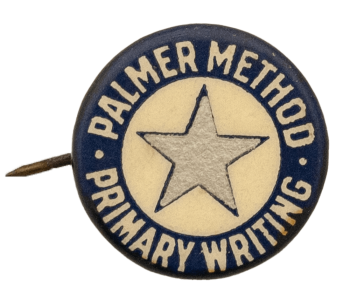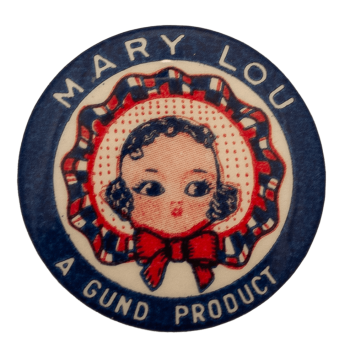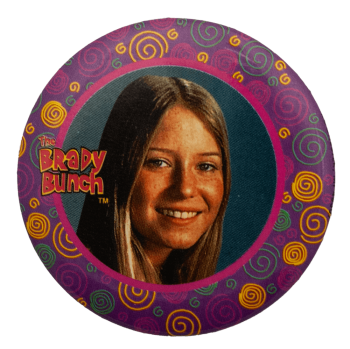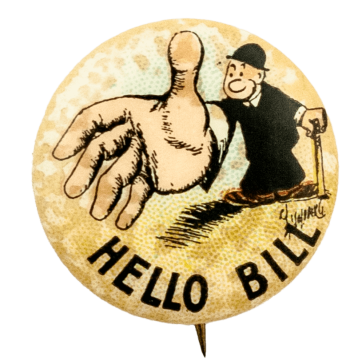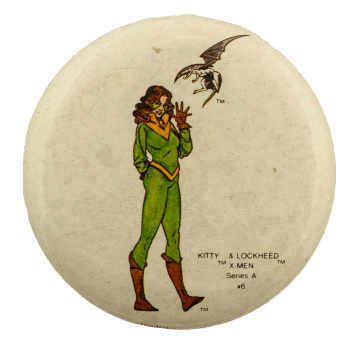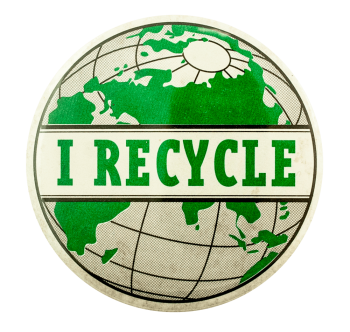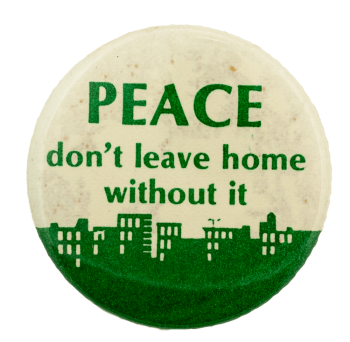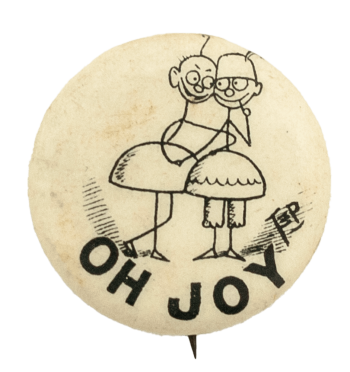Palmer Method Primary Writing
| Category | |
|---|---|
| Additional Images | |
| Sub Categories | |
| Text on Button | PALMER METHOD PRIMARY WRITING |
| Image Description | A grey star on a white background. White text appears on blue rim. |
| Back Paper / Back Info |
THE PALMER MERIT BUTTON |
| Back Style | |
| The Shape | |
| The Size | |
| Additional Information | The Palmer Method is a handwriting method developed by Austin Norman Palmer. Palmer published a work, The Palmer Method of Business Writing, detailing the method in 1900. A defining characteristic of the technique is the insistence on the use of the arm when writing instead of the fingers. As opposed to the popular use of copy-book handwriting instruction, the Palmer Method positioned itself as a guide on penmanship, as well as writing mechanics. As of 2023, the Palmer Method website offers a free downloadable PDF of a digitized copy of The Palmer Method of Business Writing from 1915.
|
| Sources |
The Palmer Method. (2021, March 11). Learn the Palmer Method of business writing. ThePalmerMethod.com. https://thepalmermethod.com/ |
| Catalog ID | AD1079 |

